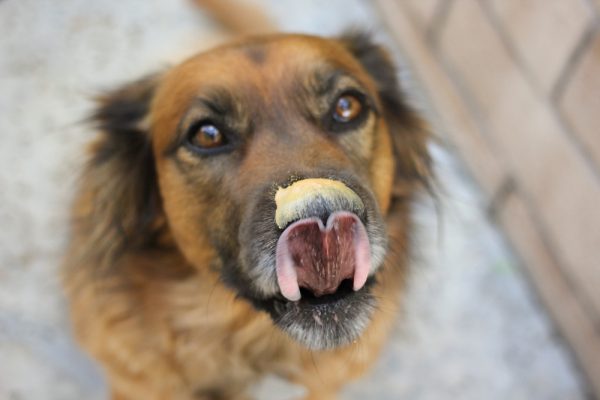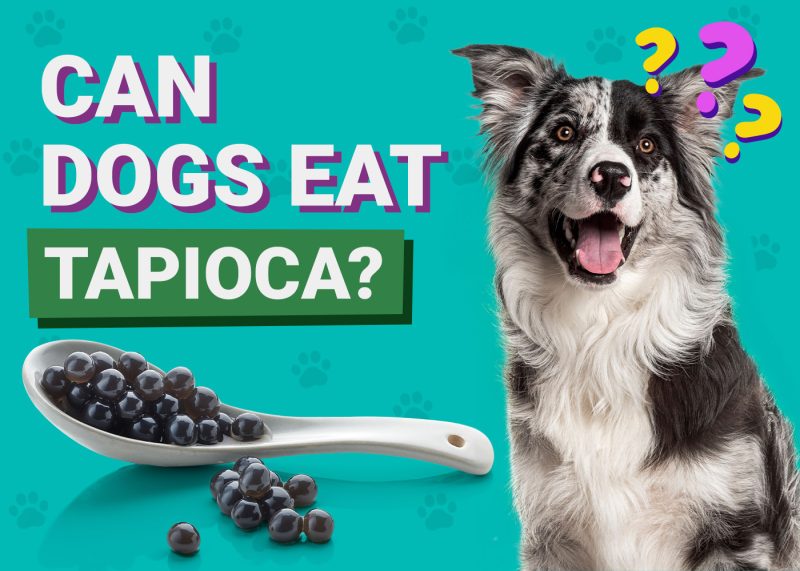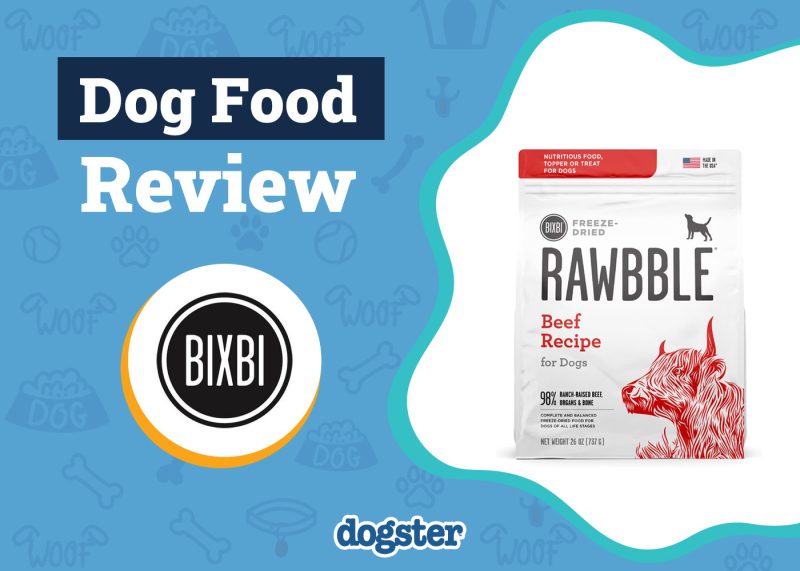Rawhide chews have gained popularity among dog owners, providing entertainment to their dogs while simultaneously maintaining good dental hygiene. However, opinions are mixed, and it appears the jury is still out. Rawhide advocates say they are safer than bones and more natural than dental chews. Rawhide opponents, on the other hand, say they are dangerous, full of chemicals, and pose several health risks.
The most commonly encountered problem is ingesting or swallowing a large piece of rawhide. Indeed, if the piece of rawhide is large enough in comparison to the size of your dog, it can cause a blockage in the digestive tract or an obstruction of the windpipe, which should be taken very seriously.

What Should I Do If My Dog Swallowed Rawhide?
If you think or know that your dog has swallowed rawhide, do not hesitate to contact your veterinarian. They will be able to guide you as to the appropriate next step, depending on when it was eaten, the size of the rawhide and your dog, and any signs your dog is showing.
Attempting to make your dog vomit at home is not safe and not recommended. If the rawhide is stuck in the throat or further down the digestive tract, more intensive and invasive measures may be required to remove it.
If you are concerned about the health and well-being of your pet, seek veterinary advice for the best course of action.
If you need to speak with a vet but can't get to one, head over to PangoVet. It's our online service where you can talk to a vet online and get the advice you need for your pet — all at an affordable price!

When Should I Be Worried?
There are two instances in which you should be concerned. The first is if you have witnessed your dog eat a large piece of rawhide or noticed a large chunk of rawhide missing. The risk this poses depends somewhat on the size of your dog. Of course, a small dog that has eaten a moderately large piece of rawhide (for example, 3 inches) is likely to experience problems; a medium or large dog that has eaten a very large piece (> 5 inches) is also concerning. Early consultation with a veterinarian may prevent a blockage of the stomach or intestines.
The second reason to be concerned is if your dog is exhibiting any concerning signs, such as vomiting, and has recently been offered a rawhide chew. Any signs of choking or difficulty breathing require immediate emergency veterinary intervention.
What Problems Can Rawhide Cause?
- Choking due to obstruction of the throat
- Blockage in the esophagus
- Blockage in the stomach or small intestines
- Gastroenteritis (“gut upset”) if the rawhide is contaminated with harmful bacteria
What Are the Signs of Rawhide Ingestion?
Larger pieces of rawhide can get stuck in a dog’s throat when they attempt to swallow it, which can have serious consequences. When lodged in the back of the mouth or upper part of the esophagus, it puts pressure on and can obstruct the windpipe, leading to breathing difficulties. Dogs may also gag, retch, cough, drool, and paw at their mouths. If you are concerned your dog has something stuck in their throat or appears to be having difficulties breathing, a veterinarian must see them as an emergency.
If the rawhide has passed down the esophagus but cannot pass out of the stomach or intestines, it is known as a gastrointestinal foreign body and can cause blockages. The most common sign a dog will show is vomiting. Affected dogs may also be lethargic and reluctant to eat. Many will have abdominal pain and adopt a hunched stance. If the rawhide has not caused a blockage but has caused a gut upset due to bacteria, vomiting and diarrhea are common. Dehydration can occur as a result of this.
Why Do Dogs Swallow Rawhide?
As we mentioned, dogs love chewing things—especially objects that smell or taste like food. Rawhide chews tick both of those boxes. Many dogs chew rawhide for hours without making a significant dent in the size or shape of the chew. However, rawhide becomes softer and slimy the longer it is chewed, and some dogs are over-enthusiastic and don’t know the strength of their jaws. These dogs can break off and eat large chunks of rawhide, accidentally or purposefully.


How Can I Prevent My Dog Swallowing Rawhide?
Here, the key message is to exercise caution and good judgment. If you have a large dog, such as a Labrador or Rottweiler, only offer large rawhide treats. If you’ve noticed that your dog is able to break or eat the rawhide, remove it and do not offer it in the future.
We also recommend supervising your dog while they have the rawhide and not leaving them home alone with a rawhide chew for several hours. If you have a small dog or a puppy, most medium-sized rawhide chews are acceptable.
What Is Rawhide?
Rawhide treats are made from the inner layer of a hide, generally from a horse or cow. They are compressed and molded into various shapes, such as bones and strips. Rawhide contains animal fat and protein, though it is difficult to digest.
Dogs enjoy rawhide chews because they have an appealing smell and taste; they also offer dogs a chance to exercise one of their primary canine instincts: chewing.

Summary
Rawhide chews can be a great way of keeping your dog occupied, releasing endorphins, and helping maintain good dental hygiene by removing plaque. However, as a dog owner, knowing their risks is essential. If your dog is strong enough and chews vigorously enough, they can break off and swallow large chunks of rawhide.
Since rawhide is not easily broken down by the digestive tract, it can sit in the stomach or intestines and cause a blockage. If you are concerned that your dog has eaten rawhide, contact your veterinarian for a consultation.
In general, we recommend using rawhides sparingly and cautiously and avoiding them altogether if they have caused issues previously.
Featured Image Credit: Tienuskin, Shutterstock


















